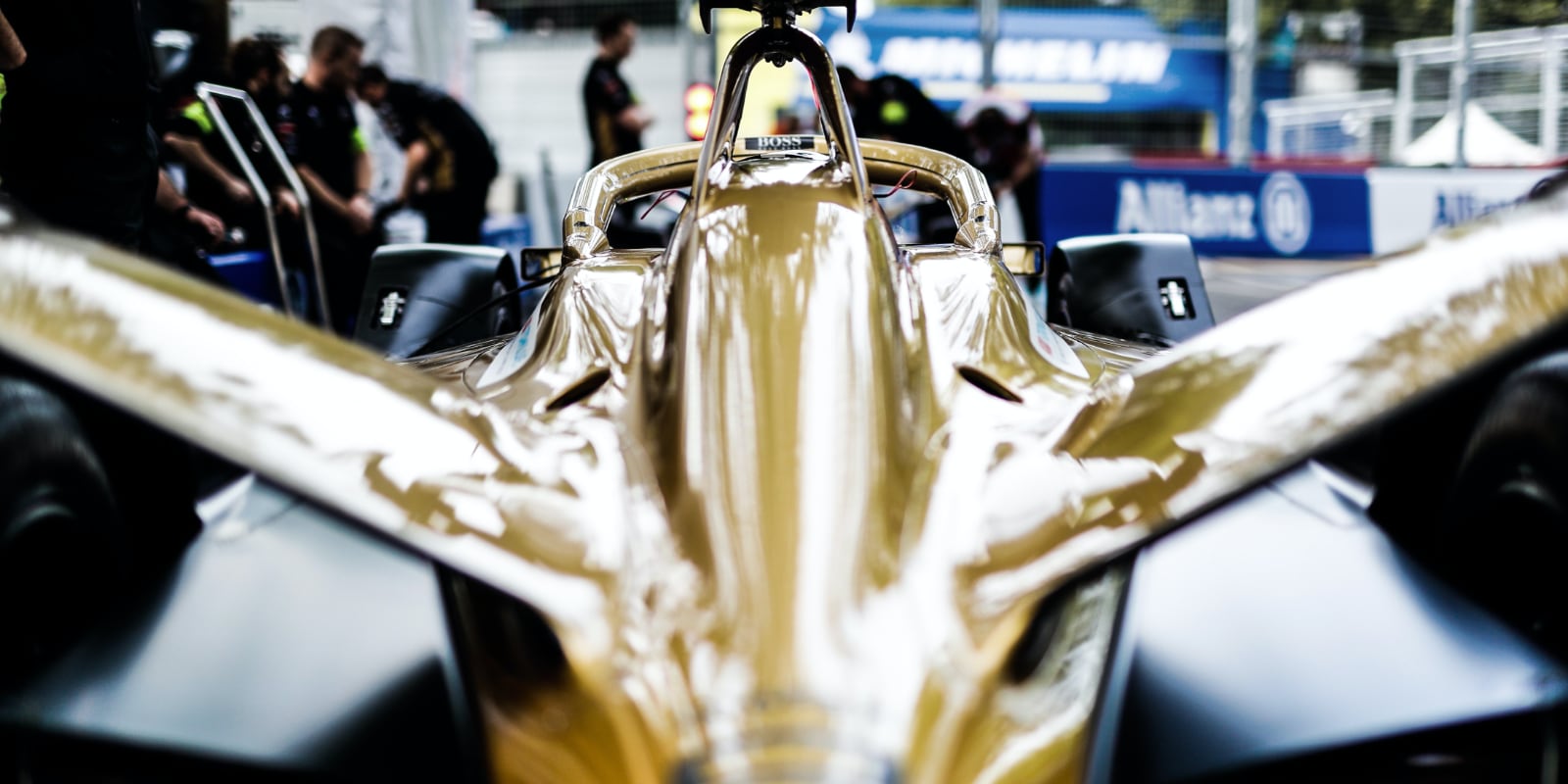There's no shortage of racing on TV, but not all of it is necessarily what you want to see. I'm not saying there is zero crossover between Formula 1 and NASCAR, but I don't think it's all that common. So what do you do if you can't get enough open wheel racing?
Formula E is a relatively new racing discipline that uses all electric cars, unlike the hybrid electric/gas engines used in Formula 1. That's not the only difference however, and some of the other aspects of Formula E means not only is it new and fresh, but it's also more exciting at times.
Who's Going to Win?
2014 introduced Formula 1's hybrid era, replacing the V12 engines with V6 hybrids. Since then, one team has won the constructor's championship every single year: Mercedes. At the 2019 Japanese Grand Prix, the team won the championship for the sixth time. Driver Lewis Hamilton has won the driver's world championship in five of the past six championships and looks primed to do it again in 2019.
Formula E is far less predictable. In the 2018-2019 season, the season was nearing its end before a single driver won first place in a race twice. The driver's championship was decided in the final race of the year, while in Formula 1 it is often decided with several races left on the calendar.
Race-Changing Events: If or When?
Every once in a while, a big race-changing event happens in a Formula 1. This is more than just a team executing on a strategy, this is something that is out of everyone's hands. Something that just happens.
These, at least for the past few seasons, have been a fixture for Formula E. They may not happen every race, but you can count on them popping up a few times per season, at the very least. Crashes that bring the entire grid to a stop happened several times in the 2018-2019 season, so much so that officials are looking for ways to penalize drivers being too risky. In the meantime, you can bet drivers will push their cars--and the rules--as far as possible.
Which Is More Futuristic?
Both Formula 1 and Formula E bring some seriously futuristic tech into the world of motorsport. Formula 1 is where to look if you want to know what you might find in consumer cars in 10 years. Formula E is where to look if you want to know what self-driving cars might look like.
Though it doesn't exist as its own league yet, Formula E has been developing Roborace, an all-electric, driverless racing league. This is still in its early stages, but is the closest thing so far to a real-world version of racing video games like the Wipeout series.
Which Is More Like a Video Game?
I'm not even going to pretend here. Formula 1 might be slowly but surely trying to introduce newer elements, but Formula E throws out entire systems and replaces them with completely different but equally crazy systems.
Drivers used to pit halfway through a race, but instead of a standard pit stop, they would park their current car, run to a second car, then hop in a drive off. On a few occasions, that second car didn't start, taking the driver in first place straight to a DNF (did not finish).
In the 2018-2019 season, Formula E introduced attack mode, which was immediately dubbed "Mario Kart Mode" by fans. This added on-track power-up sections that would earn drivers extra engine power twice a race, but only if they successfully drove through the power-up zone.
This is on top of the social media-powered Fan Boost, which provides fan-favorite drives with extra power they can deploy once per race. And yes, I've been talking about an actual racing discipline this entire time.
